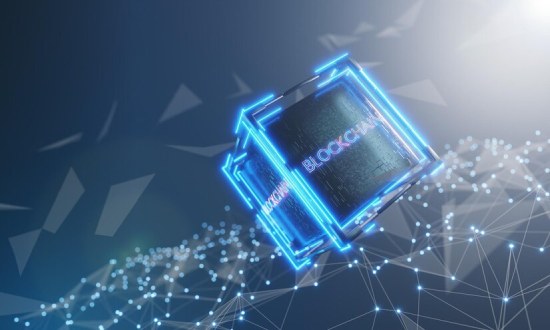Fresh wallets per campaign ensure operational hygiene and clean audit trails. Treasury stays separate from operations, with hardware wallets and multisig protecting reserves. Mint and freeze authorities undergo verification before public announcements. After graduation, pool addresses receive confirmation and the canonical link remains pinned. Communication snapshots and on-chain diffs provide reliable audit evidence. Routine secret rotation and timely access revocation preserve least privilege after each sprint. Together, these controls sustain security posture and accountability under scrutiny.

 Blockchain Application Development
Blockchain Application Development
 Fintech Blockchain App Development
Fintech Blockchain App Development
 Hyperledger Application Development
Hyperledger Application Development
 STO Development Services Company
STO Development Services Company
 Exchange Development
Exchange Development
 Cryptocurrency Wallet Development
Cryptocurrency Wallet Development






